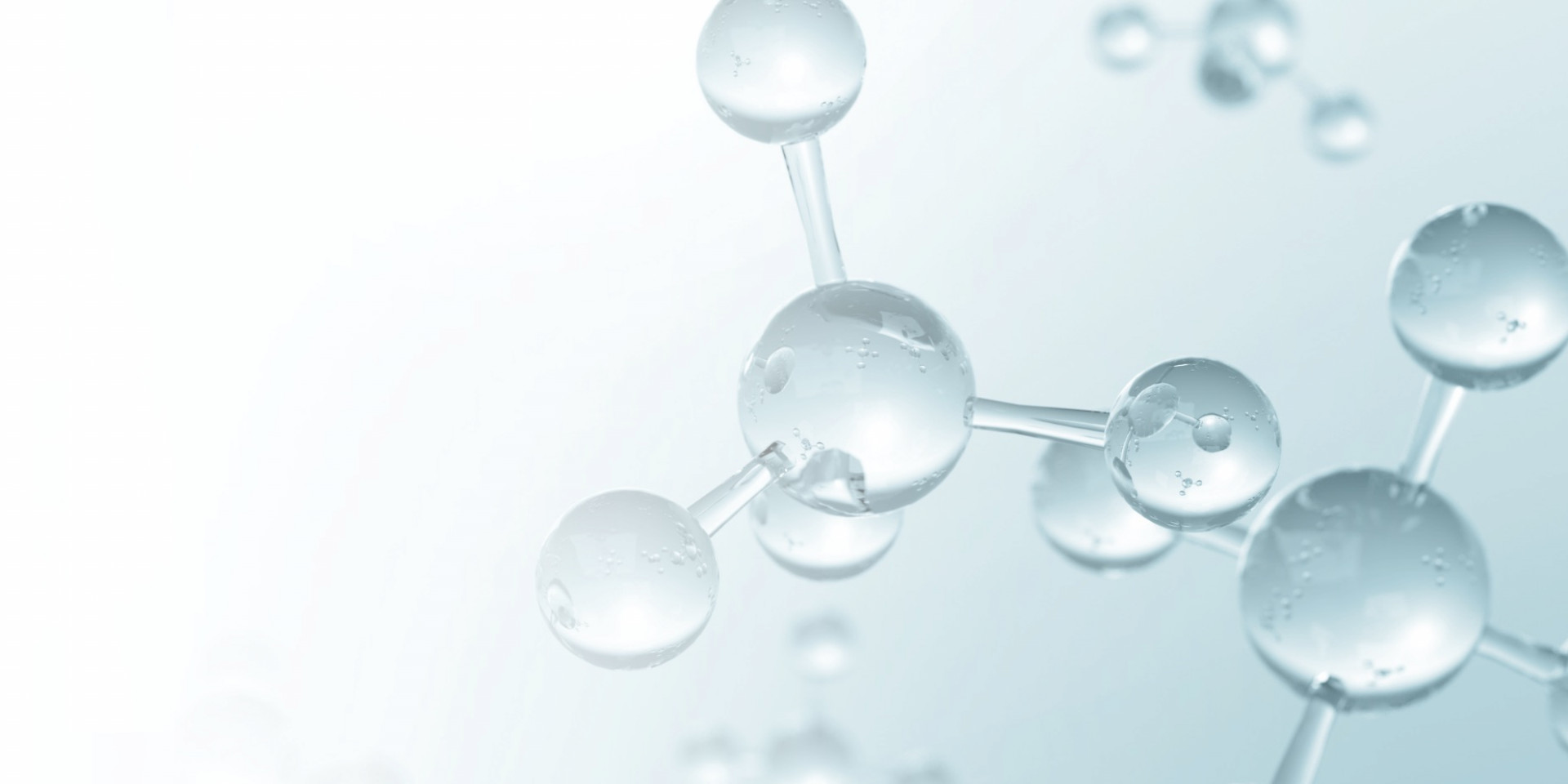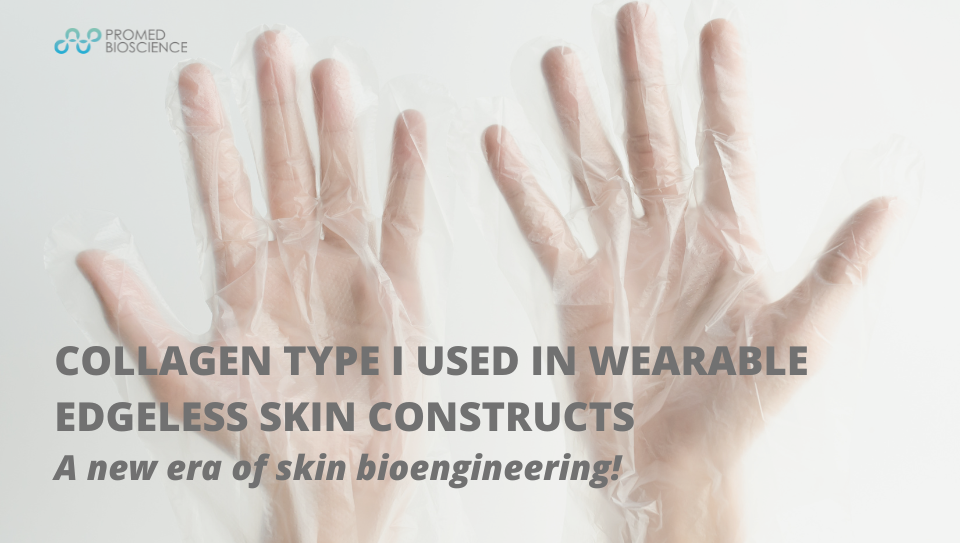
BIOMEDICAL RESEARCH NEWS, AND ARTICLES
Collagen type I used in wearable edgeless skin constructs – a new era of skin bioengineering!

With their recent publication, Pappalardo et al challenged the conventional paradigm in skin bioengineering by generating, characterizing and assessing the use of wearable edgeless skin constructs (WESCs). In this study, three different construct designs were created, demonstrating enhanced resemblance to physiological conditions, not only from the morphological and microanatomical aspect, but also from mechanical, biocompatibility and vascularization aspect.
One of their constructs resembled the human hand anatomy and was therefore characterised as a ‘glove’ scaffold.
Collagen-based dermal suspension
Collagen type I solution was used for making the bioengineered dermis layer of their construct. In particular, Fibroblasts + Collagen Type I (3 mg/mL) suspension was used at final 250 x 103 cells/mL concentration. This dermis suspension was casted in a 3D bio-printed mold made of polydimethylsiloxane (PDMS) material. The design characteristics for the bioprinting were obtained via 3D laser scanning and computer modelling. After several days of dermis remodelling, human primary keratinocytes were injected and cultured in EPI medium for up to 7 days. Cornification and terminal keratinocyte differentiation was achieved through ALI culturing. The mold was then removed for the 3D scaffold to be used in downstream applications.
Besides validating the continuity of their scaffold, the authors also characterized macroanatomcial features via immunostaining of the dermis – epidermis layers, fibral alignment, gene expression, rupture strength. The study results indicated that the generated ECM and cellular architecture had enhanced properties compared to the conventional dermal constructs (made in traswells and 3D culturing).
Through a number of assays, the authors demonstrated the full coverage of the WESC, functional permeability, cellular architecture and fibrous architecture, as well as the enhanced uniaxial tention & rupture stress compared to conventional constructs. Basal membrane protein expression and keratinocyte attachment were also found to be significantly enhanced as well, while the mechanical properties of the WESC were measured to conform to those of the human skin. Additionally, the edgeless constructs (hindlimbs – WHS) were perfused with endothelial cells resulting in successful vascularization.
As a final application in this study, surgery was performed to mice hindlimb. The grafting of the WHS construct to mice resulted in a quick (10 min or less) and seamless surgical procedure. The scaffold was integrated into the mouse tissue achieving a short recovery time, improved wound care, while the animals reacquired full functionality 4 weeks after surgery.
Their work is an example of the new era of wound care skin scaffolds that are providing full coverage of complex designs as single customized wearable pieces. This really promising and exciting application showcases the potential of this technology, which is made possible by high quality collagen scaffolds.
Here at Promed Bioscience, we offer quality collagen products that can contribute to the fabrication of such complex scaffold designs. Porcine-derived atelocollagen Type I closely matches its human tissue analog and is intrinsically low in immunogenicity and high in biocompatibility while retaining the physical and mechanical properties (such as tensile strength and elasticity) of the native protein